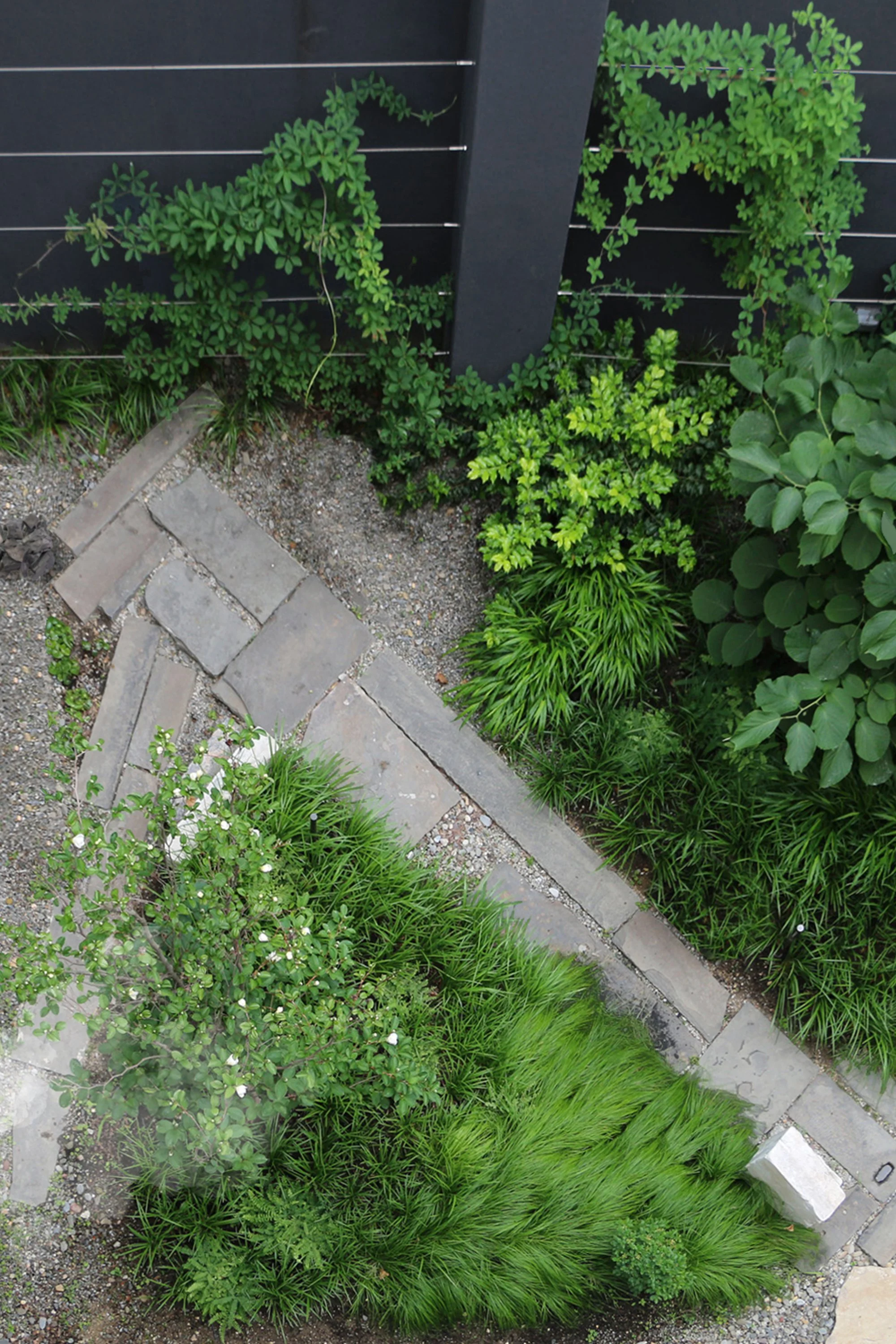
We’re studying the forms, patterns, and textures of riparian and tidal landscapes—and developing captivating designs that serve the needs of urban dwellers.
*Design services currently unavailable.*
Excerpt from a blog post:
“When the design team has good command over software, making occurs at the onset, oftentimes bypassing sketching. When making occurs in an all-digital workflow, it becomes possible to develop form-pattern combinations that cannot be consciously imagined—it is why I think the closest approximation to making is dreaming—and coincidentally, to Zen practice.”
Blog
Memory, both cognitive and embodied, plays a pivotal role in how we engage with the world. It is not merely a repository of past experiences; it acts as a compass, guiding us through broader temporal and spatial contexts. Memory enables us to reflect on events, people, places, and the cycles of nature, structuring our personal histories while helping us navigate the present. This dynamic relationship between memory, time, and space profoundly influences how we interpret and experience our surroundings.
The project pictured above, by A.E. Bye, was developed in analog without a grading plan.Guided by intuition, A.E. Bye operated a bulldozer to move earth in-situ. This kind of creative process is called making.
When I began my first year of graduate school in 2004, the pedagogy at GSD’s landscape architecture program was…
⏱ 2 min
When one is overwhelmed with anxiety, the prospect of a simpler life illuminates like a beacon in the night.
A bit of anxiety is normal, but too much anxiety can be paralyzing—it could dampen ones ability to think clearly. Some studies point to an unprecedented epidemic of anxiety in America. So hey, if you’re concerned about your anxiety, you’re probably not alone.
⏱ 2 min
A zen garden is in essence an abstract representation of nature, framed by some type of enclosure, right? We know that frames help tell a specific story, a specific point of view. When gardens are designed to tell a story, an enclosure can play a vital role in the telling of the story. Is there anything more to it? I did a bit of research on framing and here’s what I found.
⏱ 5 min
Recently, I took an Enneagram Personality Test and matched with type 1. More precisely, the test results revealed that I had attributes of types 1, 2, and 3 but type 1 attributes slightly dominated. Enneagram personality tests have been around for decades and you can read about them here.
⏱ 2 min
The ocean is our place of origin—its easy to feel at home by the sea. It’s no wonder the seashore is a naturally calming environment for practicing meditation.
⏱ 1 min
Ideologies, whether it be of social or political origin, rely on a common set of ideas—and often these ideas are self-perpetuating when they are translated into physical form, as built environments. For instance, every residential construction is founded on some ideological belief, which initially manifests as a concept. Concepts are accompanied by key ideological words that are integral to the design conversations that push it forward and give definition to the final product.
⏱ 3 min
In many ways, traditional zen gardens embody flow. Zen dry gardens are characterized by patterns that represent flow and fluidity, which are quite literally drawn into fine gravel (or coarse sand) using a wooden rake. The monks, who are stewards of such gardens, attain flow through the act of raking, making, and maintaining the area of gravel. Each step of the pattern making exercise—from the initial clearing of debris to the act of smoothing out the gravel surface prior to raking a pattern—is recognized as a way of connecting with the present, as a form of moving meditation.
⏱ 2 min
Monks recognized the shortfalls of human perception and developed a meditative practice to contend with it. This is a brief story about how seeing can be altered by meditating.
⏱ 2 min
Many are capable of visualizing tidal landscapes—and are capable of experiencing these magical spaces through remembrance. Recordings of ocean wave sound can activate one’s memory—activate metabolic activity and blood flow to various parts of the brain. In the same vein, landscapes that borrow from the forms, textures, and patterns native to tidal environments can act as visual cues and signals that evoke nostalgia and/or simply induce and establish a positive emotional state through this bond.
⏱ Less than 1 min
When the maker of a famous garden leaves no record or explanation of the design, the garden becomes enshrouded in myth. Replication is employed to capture and package the myth—but replication has its drawbacks.
⏱ 2 min
When rushed, many of us are inclined to compartmentalize incoming information—organizing self-similar data into discreet compartments. Compartmentalizing enables us to circumvent the energy-intensive task of processing information at a deep level. Though compartmentalizing enables us to “shake off” conflicting information and carry on with life, the act of compartmentalizing is actually believed to be a defense mechanism for reducing anxieties that arise from not being able to process conflicting information—not being able to incorporate all data into one’s understanding of the whole. Compartmentalizing is convenient—but convenience is not always healthy.
⏱ 2 min
-
![]()
Brooklyn residence
-
![]()
Brooklyn Navy Yard




































